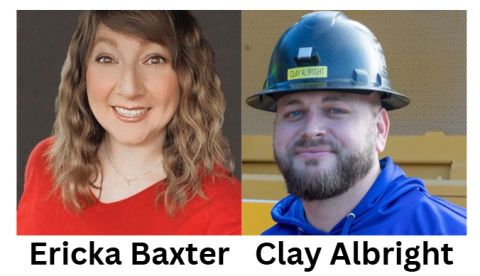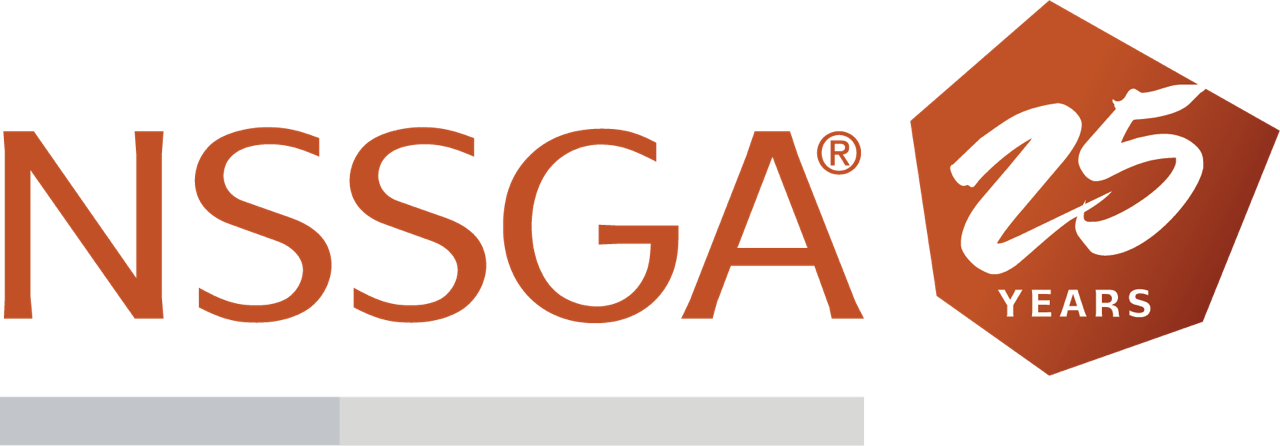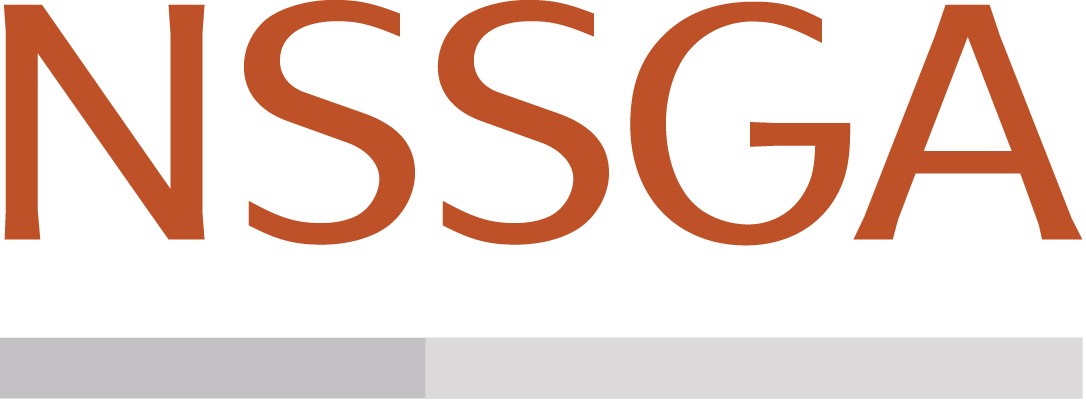Young Leaders’ Perspectives on Safety
By Libby Pritchard, NSSGA
Current Young Leaders Chair Ericka Baxter and incoming chair Clay Albright share how they engage in safety, the role of young leaders and their best advice to stay healthy and safe on the job. Thanks so much for sharing your insights, Ericka and Clay!
LP: How do you engage with safety on a day-to-day basis?
CA: We start every day with 15 minutes on what’s going on that day, issues, procedure changes… With safety, it’s all about consistency and making it a constant thing throughout the day. Just because you did something one day and were safe doesn’t mean it will be tomorrow and we’re always looking out for each other.
EB: Once a week our crews do a toolbox talk, usually on Mondays, to get their minds off the weekend and on the job. Our production meetings also start with safety talks, and we also have a plant supervisor talk once a week on safety.
LP: You both talked about the need for consistently keeping safety front of mind, but safety can get repetitive, and complacency is a real hazard. Do you have any ways to address this challenge?

CA: It’s often the easiest things that can be the most difficult to figure out. Like wearing your seatbelt or your hardhat—you have some who are perfect and others you have to stay on. My strategy is to stay on top of those guys and do it until I’m blue in the face. If someone’s not doing the right thing, I’m going to say something every time. I’ll keep on repeating it until they do the right thing either because I’m annoying them or they figure it out.
EB: It’s important to keep the types of training mixed up. Toolbox talks are great, and that’s one piece of the training puzzle, but you can also bring in a video or something you found on YouTube. Bringing in the ‘why’ is really important, too. We still have older workers in the field who think a toolbox talk is good enough, but younger generations like interactive training. Varying the type of content and delivery is very important.
LP: Ericka, you mentioned younger generations in the workforce. You’re both very involved with NSSGA’s Young Leaders and I’m curious to hear your thoughts on the role of young leaders in safety.
EB: I think the younger generation is great because we grew up with safety. You hear stories about earlier generations doing tasks without PPE or other precautions in place. I never lived in that world. I’ve always lived in a world with hard hats and tie-offs. I think we bring great knowledge and perspective since we’ve always been in a safety-focused world.
CA: It can sometimes be hard, because the younger I was, the less serious people took me, but as the years have passed, they listen better. But I’m always asking the crew questions because I don’t know everything. Young leaders need to learn from those who know more. We need to ask, "How do you do this?", "How do you do it better?", "How can we do it safer?" We need to ask them because they may be afraid to speak up, they may be afraid to change, or they may be afraid to take an extra hour and get in trouble. We need to empower our people to speak up.
LP: Leading by example and being proactive are so key in building and maintaining a strong safety culture and I love that these are things young leaders can do at any stage of their career. What do you think are the most important things we can all do to keep ourselves and others safe?
EB: I’m a very big believer in stop the job power. I want everyone to know if they feel even a little unsafe that they have the power to stop the job without the fear of retaliation.
CA: Something I got from my dad that really stuck with me is don’t ask someone to do something that you haven’t done yourself or wouldn’t do yourself.
LP: We’ve got time for one last question. What’s a safety tip you’d like to share?
CA: Any time you’re getting ready to do something, think about if you’re sure what you’re about to do will let you go home safe at the end of the shift. Ask yourself, "Will this allow me to go home safe today?"
EB: Safety is your responsibility. If affects you. At the end of the day, the company is the company. It would be awful if something happened to you—but always remember at the end of the day it will affect you.
CA: Adding on to that, it will also affect those around you. People at work, your family at home or maybe someone out on the street. I keep in mind I could also hurt someone else, and you have to think about those around you when you make decisions.
Originally published in May/June 2023 Stone, Sand & Gravel REVIEW.

